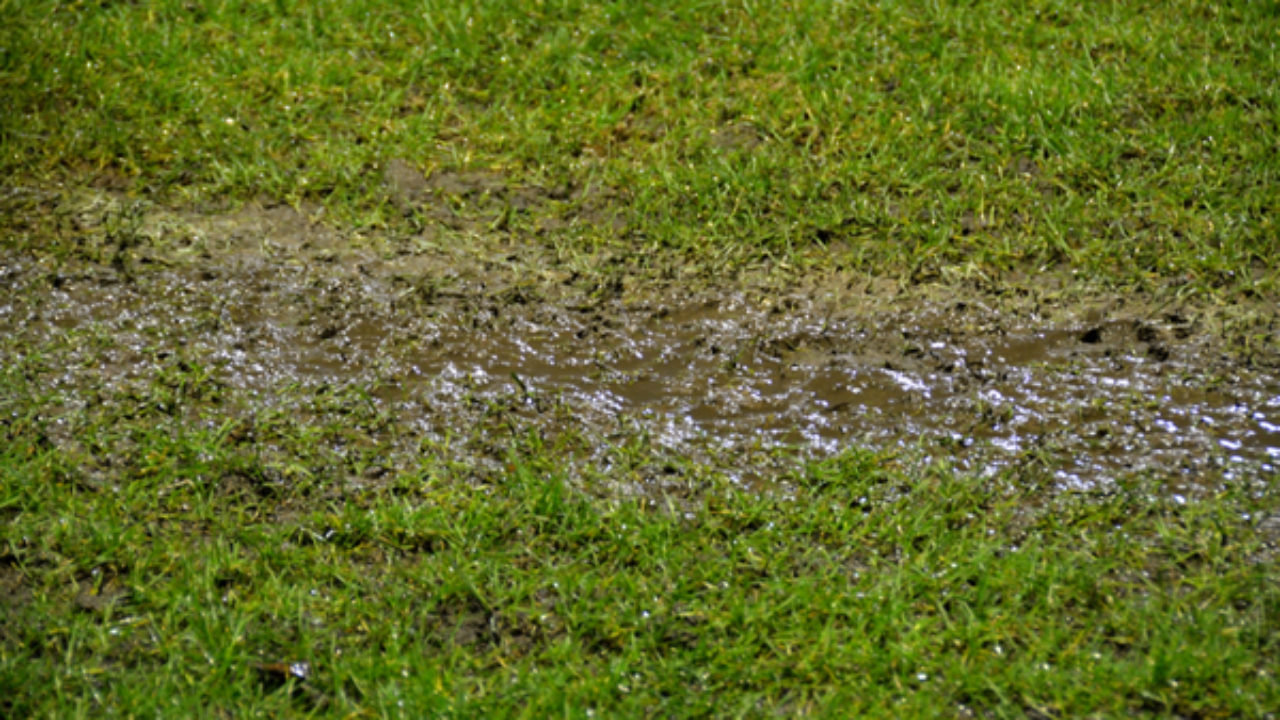This post in the next paragraphs relating to Detecting hidden plumbing leaks is exceedingly motivating. You should see for yourself.

Early discovery of dripping water lines can reduce a prospective catastrophe. Some tiny water leaks may not be noticeable.
1. Examine the Water Meter
Every home has a water meter. Examining it is a surefire way that assists you find leakages. For beginners, switch off all the water sources. Guarantee nobody will purge, make use of the tap, shower, run the cleaning machine or dishwashing machine. From there, go to the meter as well as watch if it will change. Because no one is using it, there should be no movements. That indicates a fast-moving leakage if it relocates. If you identify no adjustments, wait an hour or 2 and examine back once again. This means you might have a slow leakage that could also be underground.
2. Inspect Water Intake
Evaluate your water expenses and also track your water consumption. As the one paying it, you ought to observe if there are any type of discrepancies. If you detect sudden changes, regardless of your usage being the same, it indicates that you have leaks in your plumbing system. Bear in mind, your water expense should drop under the same variety monthly. An abrupt spike in your bill suggests a fast-moving leakage.
A stable rise every month, even with the same practices, reveals you have a slow leak that's also gradually rising. Call a plumber to extensively check your home, specifically if you really feel a cozy location on your flooring with piping beneath.
3. Do a Food Coloring Test
When it comes to water consumption, 30% comes from bathrooms. If the shade somehow infiltrates your bowl throughout that time without flushing, there's a leakage between the storage tank as well as dish.
4. Asses Exterior Lines
Do not fail to remember to check your exterior water lines as well. Should water leak out of the connection, you have a loosened rubber gasket. One tiny leakage can throw away heaps of water and surge your water bill.
5. Check and Examine the Situation
Homeowners ought to make it a behavior to check under the sink counters as well as also inside cabinets for any type of bad odor or mold and mildew development. These two red flags suggest a leak so timely focus is called for. Doing routine evaluations, even bi-annually, can save you from a major issue.
A lot more notably, if you recognize your home is already old, keep a watchful eye on your heating units, hose pipes, pipes etc. Check for stainings as well as deteriorating as most home appliances and pipelines have a life span. They will also normally weaken due to tear as well as wear. If you suspect dripping water lines in your plumbing system, do not wait for it to rise. Call a professional plumber right now so you don't wind up with a dreadful mess in your house.
Early detection of dripping water lines can reduce a possible disaster. Some tiny water leakages may not be noticeable. Inspecting it is a proven way that helps you discover leaks. One tiny leak can waste loads of water and spike your water costs.
If you believe dripping water lines in your plumbing system, don't wait for it to intensify.
WARNING SIGNS OF WATER LEAKAGE BEHIND THE WALL
PERSISTENT MUSTY ODORS
As water slowly drips from a leaky pipe inside the wall, flooring and sheetrock stay damp and develop an odor similar to wet cardboard. It generates a musty smell that can help you find hidden leaks.
MOLD IN UNUSUAL AREAS
Mold usually grows in wet areas like kitchens, baths and laundry rooms. If you spot the stuff on walls or baseboards in other rooms of the house, it’s a good indicator of undetected water leaks.
STAINS THAT GROW
When mold thrives around a leaky pipe, it sometimes takes hold on the inside surface of the affected wall. A growing stain on otherwise clean sheetrock is often your sign of a hidden plumbing problem.
PEELING OR BUBBLING WALLPAPER / PAINT
This clue is easy to miss in rooms that don’t get much use. When you see wallpaper separating along seams or paint bubbling or flaking off the wall, blame sheetrock that stays wet because of an undetected leak.
BUCKLED CEILINGS AND STAINED FLOORS
If ceilings or floors in bathrooms, kitchens or laundry areas develop structural problems, don’t rule out constant damp inside the walls. Wet sheetrock can affect adjacent framing, flooring and ceilings.
https://www.servicemasterbyzaba.com/blog/how-to-detect-water-leakage-in-walls/

I came across that piece on Locating water leaks while doing a search on the search engines. In case you liked our article kindly remember to share it. Bless you for your time. Don't forget to pay a visit to our site back soon.